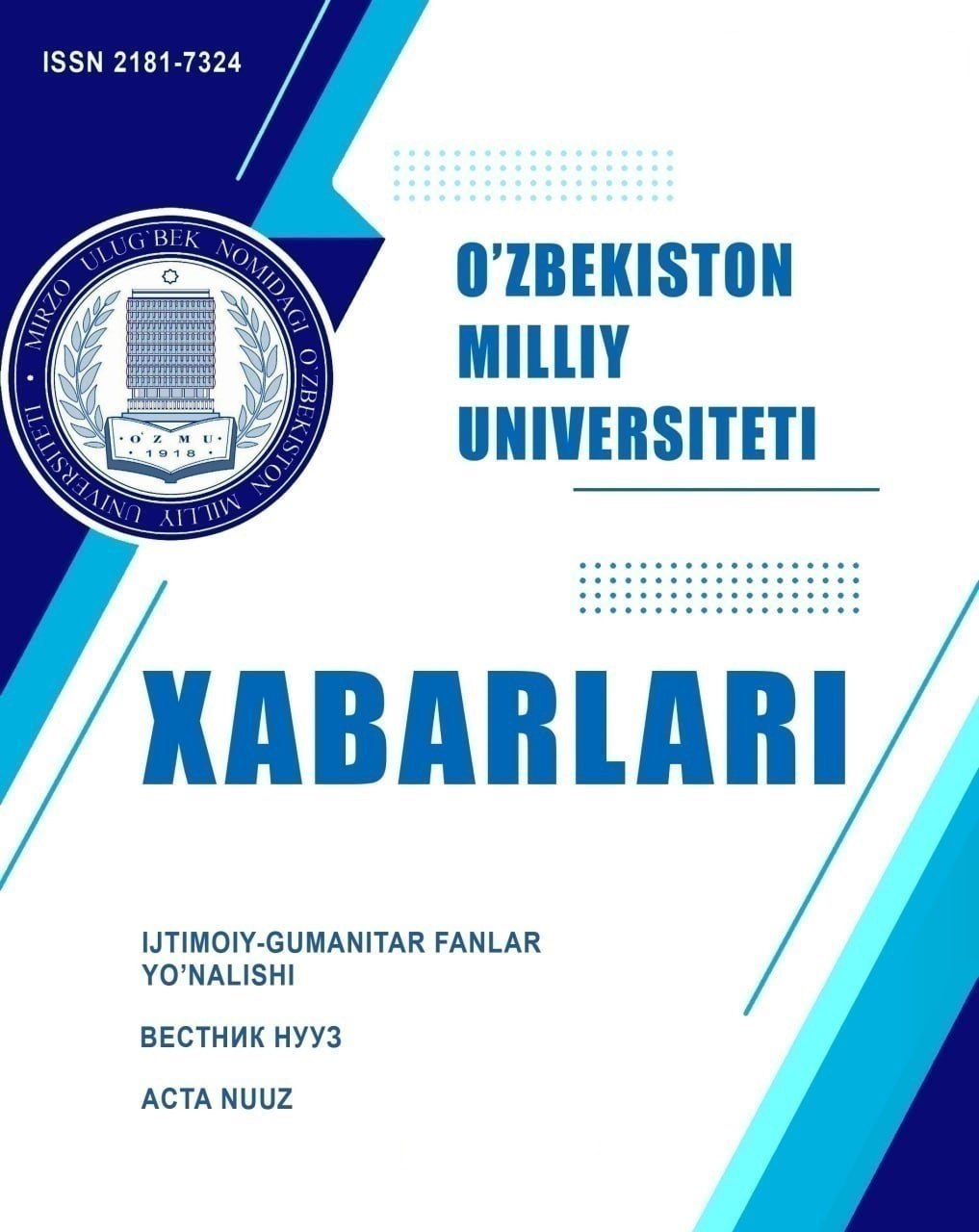THE STRUCTURAL AND SEMANTIC ANALYSIS OF JARGONS IN ENGLISH AND UZBEK LANGUAGES
Abstract
This article explores the structural and semantic aspects of jargons in English and Uzbek languages. Jargon, often used within specific professional or social groups, plays a critical role in communication by providing concise and efficient expression. The paper compares and contrasts the formation, usage, and meaning of jargons in both languages, emphasizing their role in shaping cultural identity and professional communication. The study reveals significant differences in morphological construction and semantic shifts in jargons between English and Uzbek, influenced by sociocultural and linguistic factors.
References
Crystal, D. (2006). The Cambridge Encyclopedia of Language. Cambridge University Press.
Halliday, M. A. K., & Hasan, R. (1976). Cohesion in English. Longman.
Lakoff, G., & Johnson, M. (1980). Metaphors We Live By. University of Chicago Press.
Swales, J. M. (1990). Genre Analysis: English in Academic and Research Settings. Cambridge University Press.
Zubaydova, N., 2022. Semantic Characteristics of the English and Uzbek Languages. International Journal on Integrated Education, 5(6), pp.357-363.
Copyright (c) 2024 News of the NUUz

This work is licensed under a Creative Commons Attribution-NonCommercial-ShareAlike 4.0 International License.


.jpg)

1.png)







